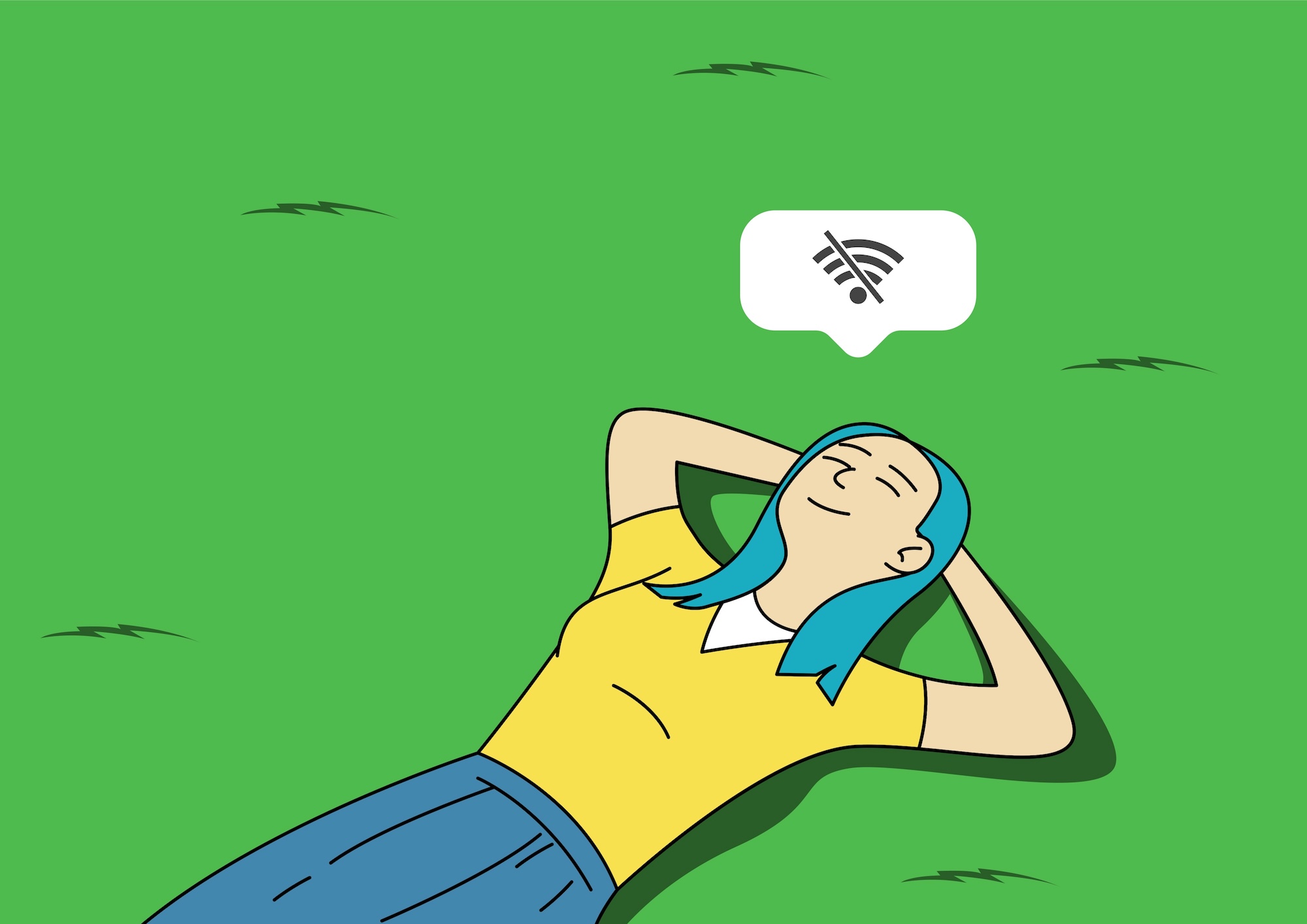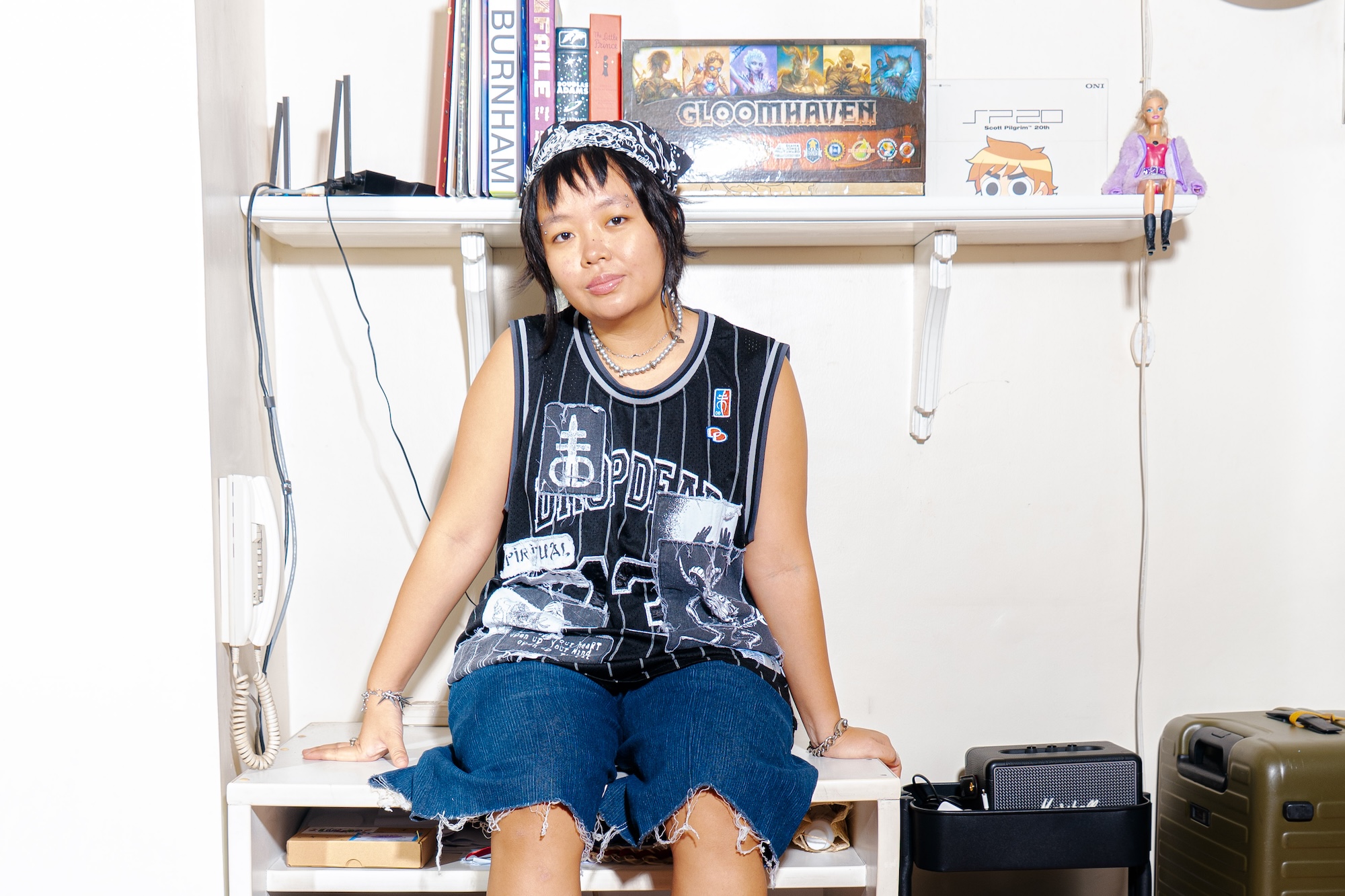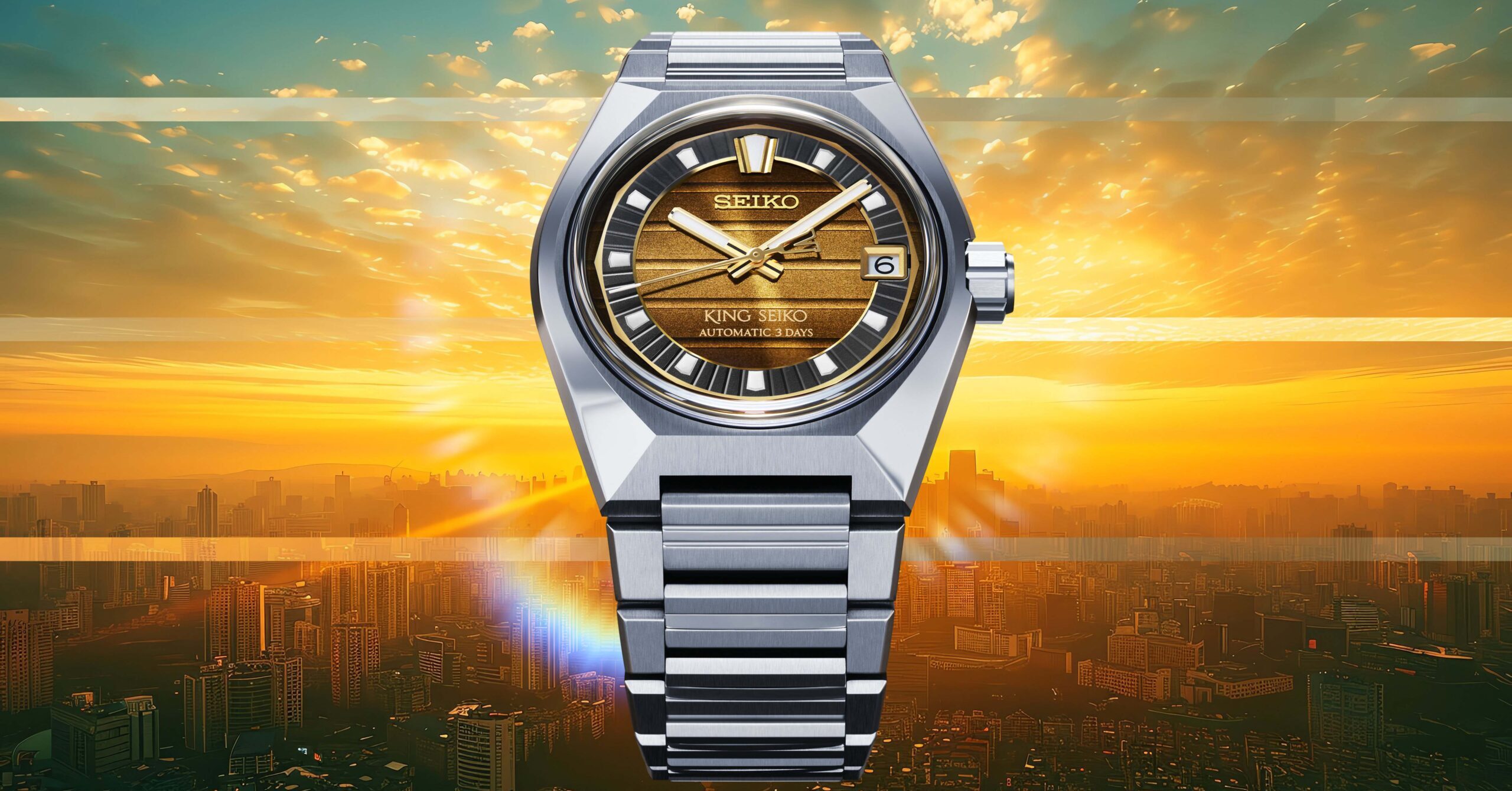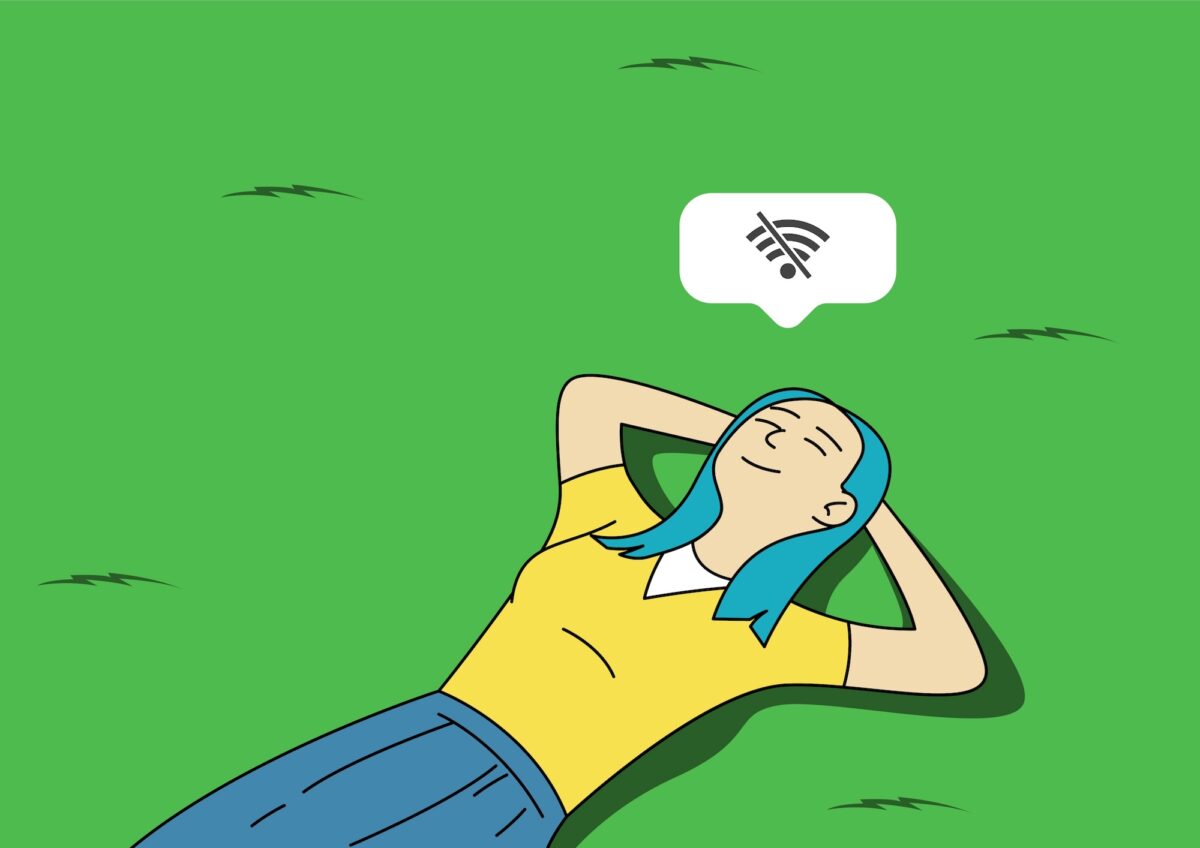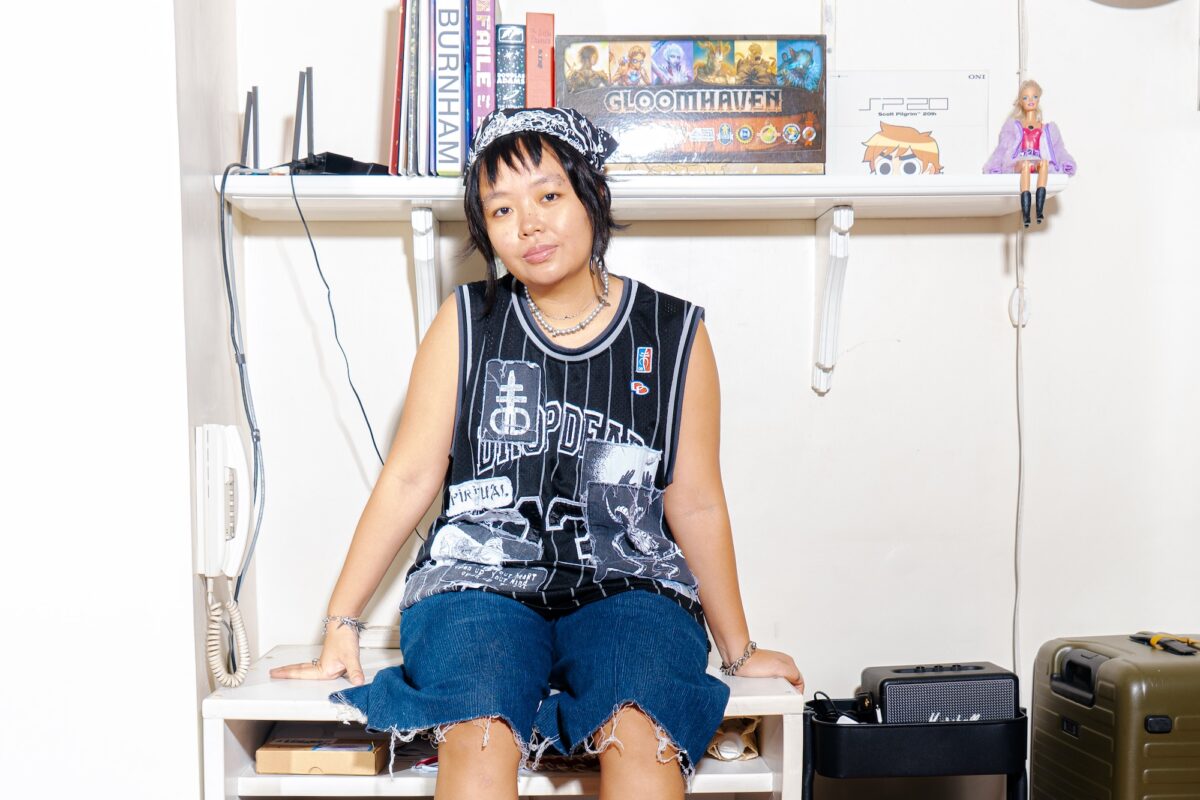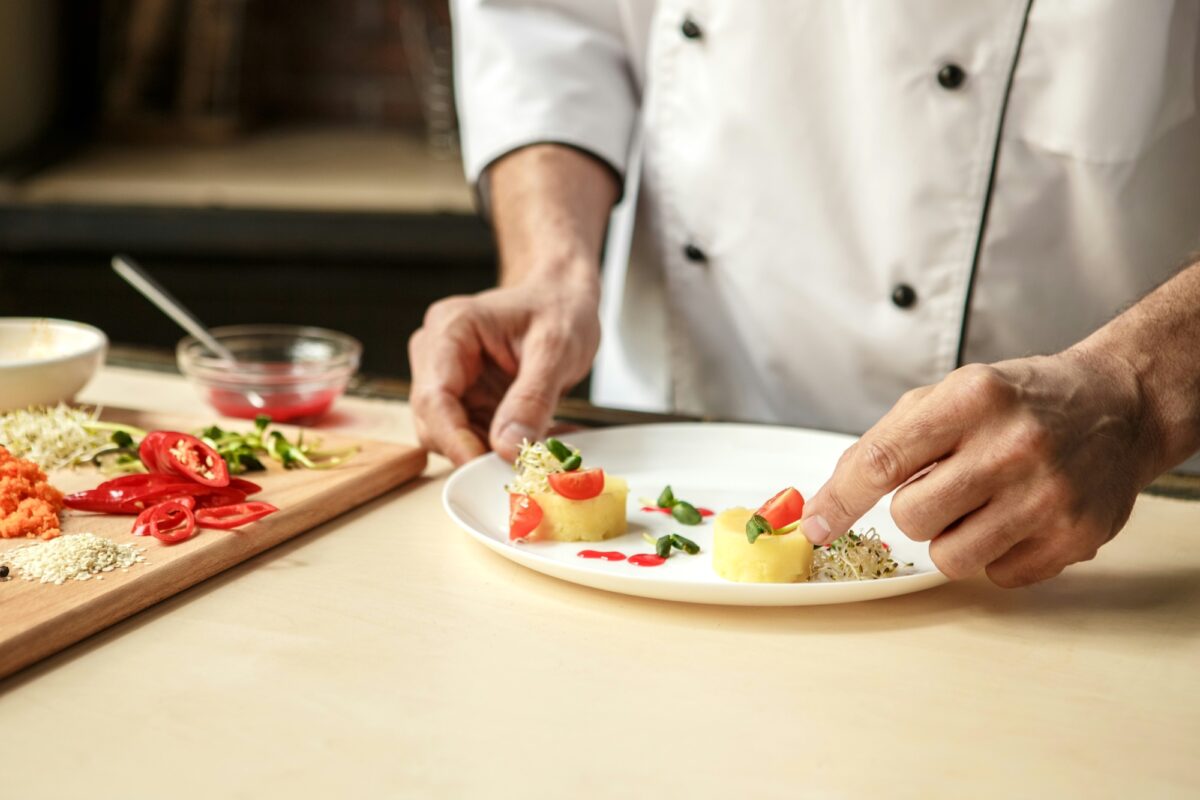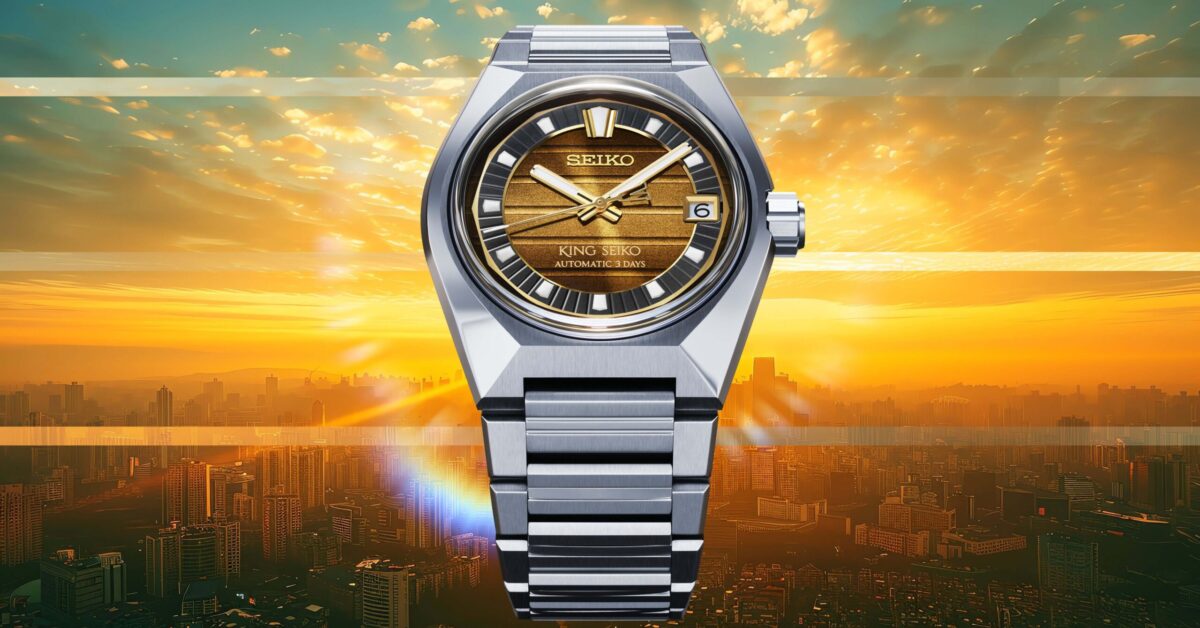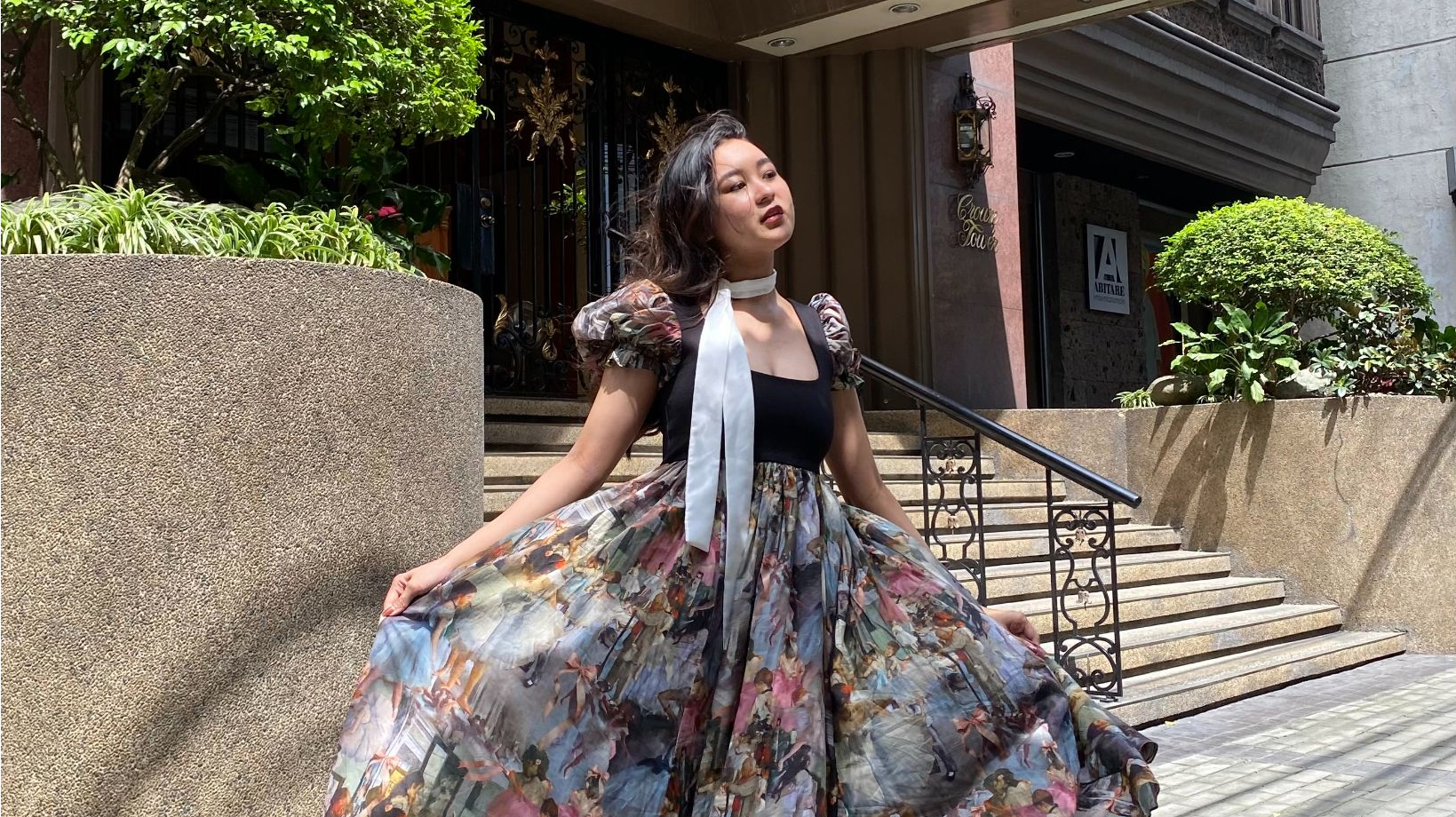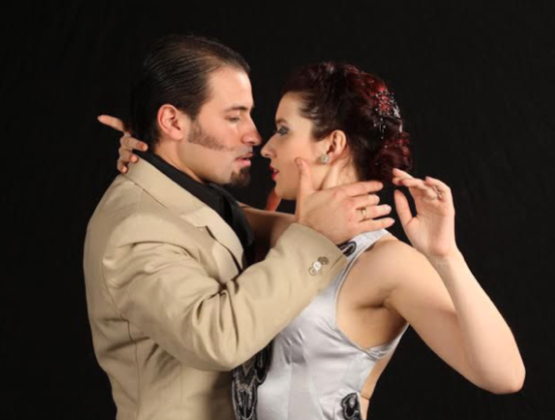
A fusion of seduction, ardor, longing, and sadness, the Argentine tango is arguably one of Argentina’s main exports next to beef.
Tango came out from the indigent immigrant districts in Buenos Aires at end of the 19th century. Argentina became a melting pot of cultures where immigrants shared with each other their European polkas, waltzes and mazurkas, Cuban habaneras , and African rhythms. These were later merged in the dance and the music that reflected their longing for their loved ones and the places they had left behind. Tango penetrated the mainstream when it was adopted by European high society in the early 20th century.
The Argentine tango scene in the Philippines may be small, but tangueras or tango aficionados are willing to spend top dollar, literally, to be dancing with their partners in tango salons called milongas and compete internationally. Last year, husband-and-wife team Adrian Jang and Jennifer Lopez won the top place at the Tango Dance Asian Championship in Japan.
The public can have a better appreciation of the Argentine Tango on July 26 at the Manila House. Nina Halley, a proponent of Argentine tango, will conduct a lecture-demonstration on the dance form, its history and music.
Halley flies frequently to Buenos Aires to immerse herself in the culture of tango. The days are spent taking private lessons. The first lesson focuses on walking with the partner. This basic movement highlights the emotions that lie at the core of tango.
Every night, Halley says, students go to milongas where they practice their moves and absorb the tango traditions. At the dance floor, the man invites a woman to dance with a cabeceo, an acknowledgement through the look in the eyes or a nod. The couple dances counter-clockwise to a set of four songs, called the tanda. The cortina, a short piece of music, is the cue for the finish of the set.
Halley explains the Argentine tango is a silent dialogue between the leader, the male, and his follower, the female.
She cites that tango consists of the dance, the music and the poetry. To do justice to the dance, one must instinctively understand the undertones of the music and also respond to the partner.
“It’s like learning grammar where you learn how to conjugate and put words together,” says Halley.
In competitions, couples are judged by their soulful interpretation of the music rather than technique.
The four kinds of tango music are the energetic and syncopated milonga; the vals or waltz; the salon, which is slow music to emphasize the movements; and Nuevo, a contemporary interpretation of the milonga and salon.
The main instrument is a bandoneon which resembles an accordion.
“Tango music is sad. The themes are about heartbreak, death or loss of love,” says Halley.
The lecture will include a conversation between tango aficionados such as Lourdes Montinola, author and chair of Far Eastern University; Margie Moran-Floirendo, chair of the Cultural Center of the Philippines; architect Popi Laudico; painter Victoria Zubiri; and Malaysian dancer Jelica Yap.
Former Ambassador to Argentina Ray Carandang will talk about tango music. Jun Borja, a well-known tango instructor, will also participate in the demo.
The piece de resistance is a short performance by tango masters Roberto Castillo and Julieta Biscione, who will also give a master class.
(“Tango Argentino” will be held on Thursday, July 26 at 5:30 p.m. at the Anahaw Room of the Manila House. 8/F Net Park Building, 5th Ave. BGC. For details call 0917-816 3685)

